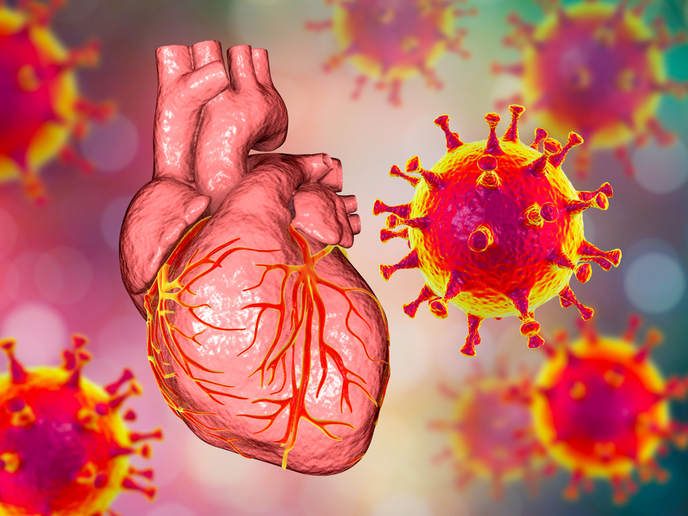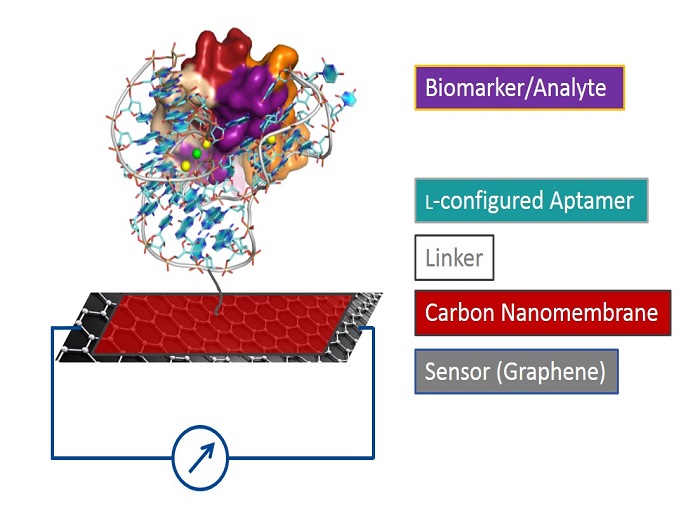New developments in lab-on-chip to reduce animal testing
An organ-on-chip, created by microchip manufacturing methods, contains chambers that have cells flushed with fluid. Arranged to simulate tissue and organ level physiology, these microfluidic devices can mimic multicellular architectures, tissue-tissue interfaces and physicochemical microenvironments, and are vastly superior to conventional culture systems. The EU-funded IN TIME project investigated a new strategy for developing 2D and 3D living tissue models, where micro-fluidic devices deliver triggers for differentiation and growth. Additionally, organic electrochemical transistors (OECTs) were used for in-line monitoring systems. The researchers developed a microfluidic channel to control the flow of cell culture media to apply mechanical sheer stress on a tissue layer. The transistors are in direct contact with the cells and monitor changes in resistance and capacitance of the cell barrier in real time. While the cell barrier is monitored with the OECTs, the microfluidics system can deliver different chemicals for testing. Research results proved that the device can operate long-term and has huge potential for drug testing. Other proof-of-concept devices developed for 3D cell models include a microfluidic trapping device to position 3D cell spheroids inside microfluidic channels and assess the spheroid electrical resistance using OECTs. The trapping device operates without the need of any pumping system and has minimal impact on cell viability. IN TIME organ-on-chip systems have a range of applications that have been tested for in vitro toxicology. Extension of the technologies could include investigation of inflammation and immune responses as well as organ function in general. A substantial move has been made towards reducing the need for animal testing in drug and cosmetics development.







